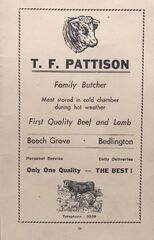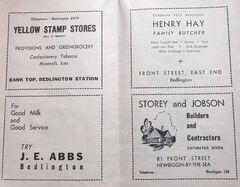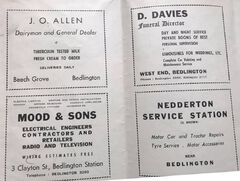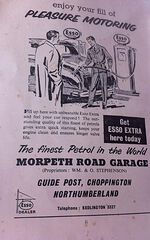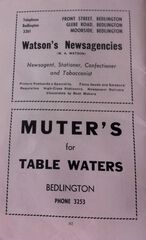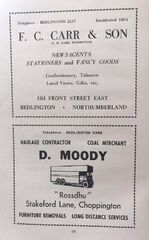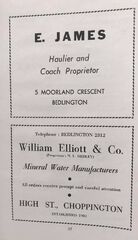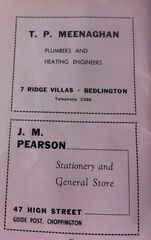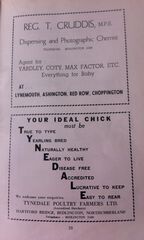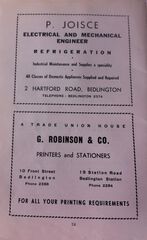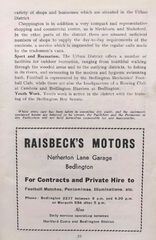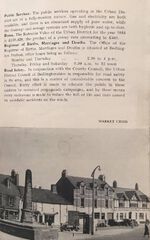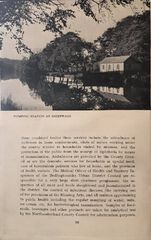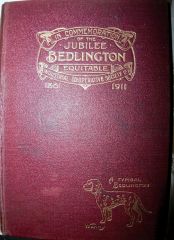Contributor Leaderboard
Popular Content
Showing content with the highest reputation on 14/09/21 in all areas
-
Not that this will help your cause but I can't resist mentioning the Travellers Rest in the mid to late 1960's. The Travellers Rest was the pub every dart player, and anyone else from their pub would want to go to. For an away match at any other pub it was your own transport or public transport to get there. The Percy Arms dart team hired a minibus when they were away to the Travellers and the team and any other person that could be crammed into the minibus spent the rest of the evening, including a lock-in at the Travellers. Normally after a darts match the home team landlord would come out with a couple of plates of sarnnies - plate of cheese chunks with crackers and a dish of pickles. The away team would grab a sarnnie, sup up and get back to their pub for the last hour but that didn't happen at the Travellers. The away team stayed at the Travellers till well after closing having a few more pints plus the best spread of food laid on at any of the darts matches = Yorkshire puddings - roast tatties - plate upon plate of sarnnies - cheese and crackers - pickled onions - crfisps and probably food I have forgotten. Well after 23:00 minibus back to Bedlington1 point
-
I’m still looking for a connection between Sir Colin Campbell and Bedlington. Today I had a look at the 1861 census for Bedlington, District 8 which is described by the enumerator as comprising: “Whinny Hill, a farm house and two cottages an off farm planted by Mr Robt. Swann Bedlington, Scotland Gate, being one row of Double two stories houses & a few Back Cottages there is two Publick Houses. A few trades man shops & houses the private dwellings being mostly all occupied by coal miners. Choppington Colliery, is just a new one? The miners cottages are close adjoining and comprises one row (Cross Row) of Double houses these houses have two rooms on the ground floor & two sleeping rooms, or garrets above there are other four Rows of single Cottages being all nearly two storey Houses, that is one room, one garret, one pantry, one Ash pit & privy & one Garden. Peas Bush is an old sort of a place being formerly an off onstead for Choppington farm but now occupied by Choppington Colliery”. Here is the 1866 map again but this time covering the whole of that area: Following the enumerator’s route, it’s not difficult to identify The Sir Colin Campbell beer house in the enumerator’s book for 1861. As he says, “There are two Publick Houses” in his district and, as his enumeration route starts at Whinny Hill Farm and works its way to Peas Bush, the first must be the Choppington Inn and the second must be The Sir Colin Campbell. Looking for it in the enumerator’s book I was hoping to find the residents with a good old Scottish name who had proudly named there beer house after a fellow Scot. I was disappointed. In 1861 the building is a public house called the Traveller’s Rest. The innkeeper , named Elliot, was born in Cawsey Park, Northumberland and his wife in Hartley. However, they do seem to have some Scottish connection having a 14 yo daughter who was born in Scotland. The OS map, published 1866 was based on surveys done 1858 to 1859. so it’s possible it was renamed after the survey but before Sir Colin Campbell was raised to the peerage in 1859. The name Scotland Gate has had many explanations over the years and no one really knows its origins. My wanderings in the area, via the census of 1861 caused me to think of yet another. At that time, the area we know as Scotland Gate today has no name on the map, but we can see that it is basically one long street fronting the main road between Whinny Hill Farm and Choppington Colliery. ‘Gate’ in place names, often originates from the Old Norse gatu/gata meaning street. Looking at the census today, I was surprised to see the number of people born in Scotland who are living there. I counted 25 people in 15 families. Could Scotland Gate simply refer, locally, to a street where many Scots lived?1 point
-
1 point
-
@lilbill15 Mystery solved. Ninette is advertised in the booklet that Eggy just added to the gallery. You'll find it on page 2.1 point
-
A very nice read! Written 1955 - 1959. I base that on two statements in the book: 1.The rateable value for the Urban District for 1955 is published on page 21. I'd suggest that was the most recent information available at the time of writing. 2. The Old Hall, mentioned as being well worth a visit on page 10, was demolished 1959.1 point
-
1 point

.thumb.jpg.7493ddab4a696108cf2b849323d3c155.jpg)
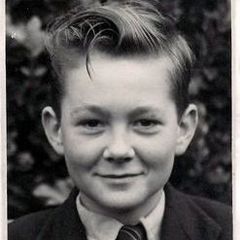

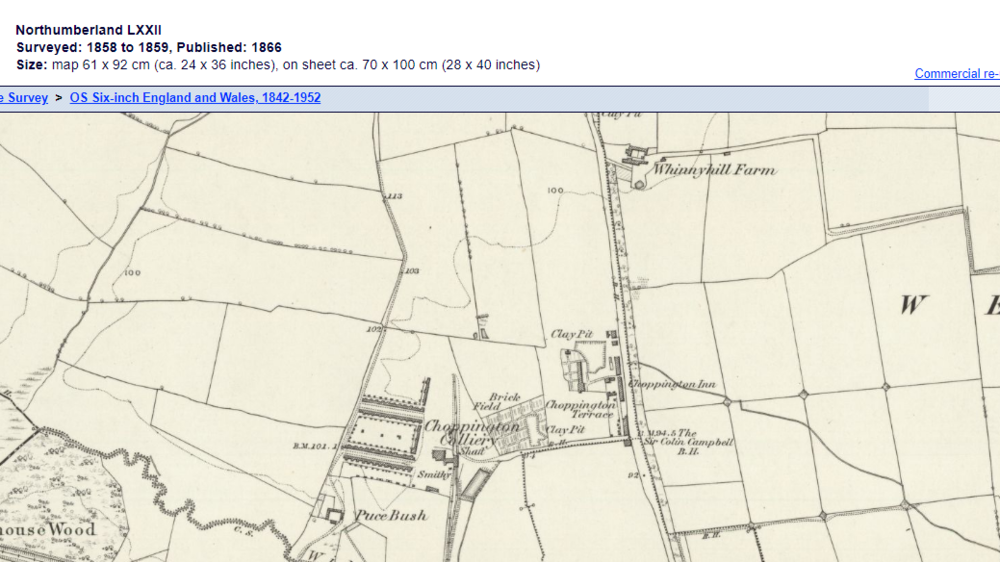
.thumb.png.bfedce74c9afc0d2bf278a9e930649dc.png)
